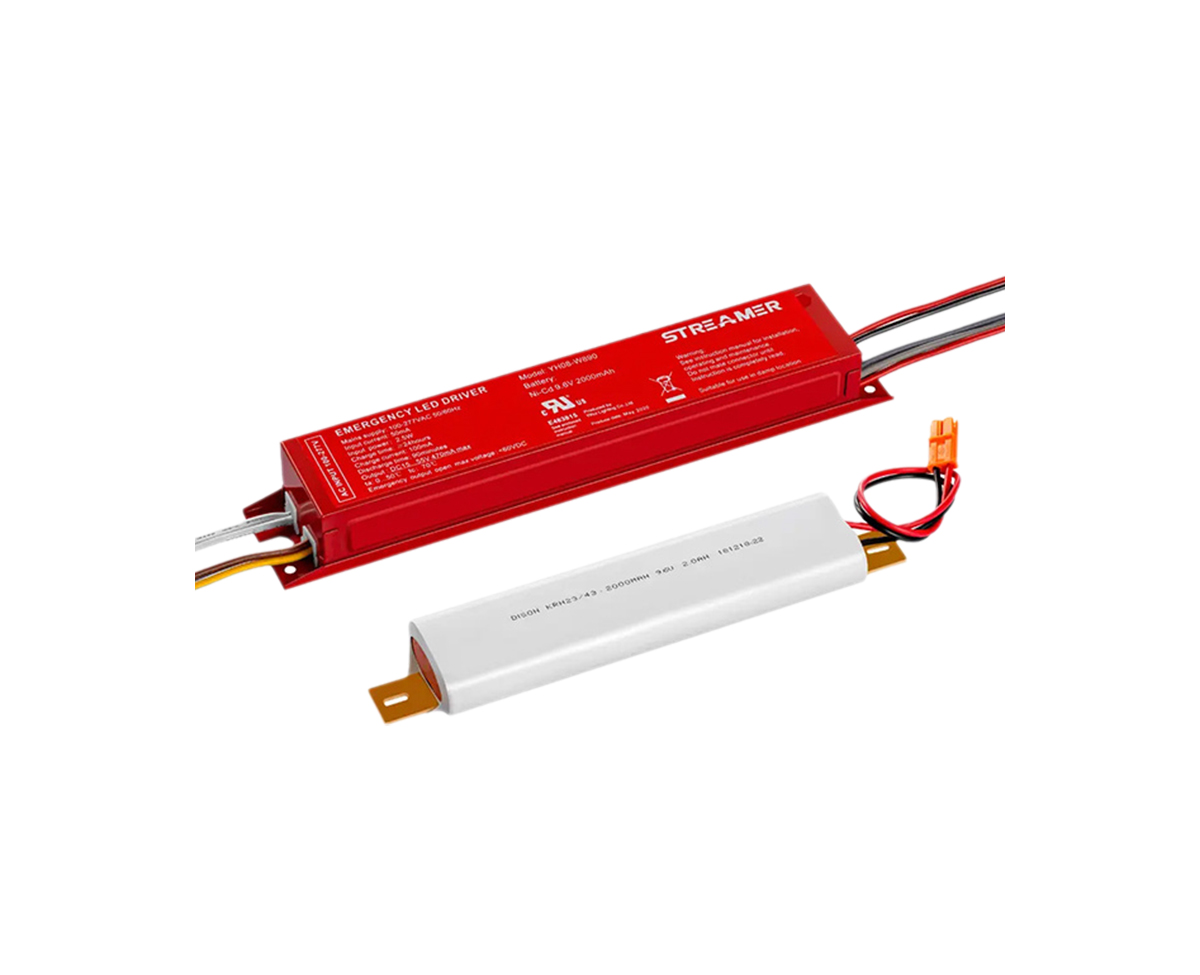 1
1
 Apr 04, 2025
Apr 04, 2025

The exterior design of emergency batteries is not only about aesthetics but also serves several crucial functions. Emergency batteries need to be robust, easy to handle, and compatible with various installation environments.
One of the key design features is durability. Emergency batteries are often installed in harsh environments, such as outdoor cabinets or basements. Therefore, the exterior casing is typically made of high - strength materials, such as impact - resistant plastics or corrosion - resistant metals. This protects the battery from physical damage, moisture, and dust.
Another important aspect is heat dissipation. Emergency batteries generate heat during operation, especially when they are charging or discharging at high rates. To prevent overheating, the exterior design incorporates heat - dissipating fins or vents. These features increase the surface area of the battery, allowing for more efficient heat transfer to the surrounding environment.
The design also takes into account ease of installation and maintenance. Many emergency batteries are designed with handles or mounting brackets, making them easy to lift and install. In addition, access panels are provided to allow for easy inspection and replacement of internal components.
Furthermore, the exterior of emergency batteries often includes clear labeling. This labeling provides important information such as the battery's capacity, voltage, and charging requirements. In some cases, safety warnings are also prominently displayed to ensure proper handling. By considering all these factors, the exterior design of emergency batteries can enhance their performance, reliability, and usability.